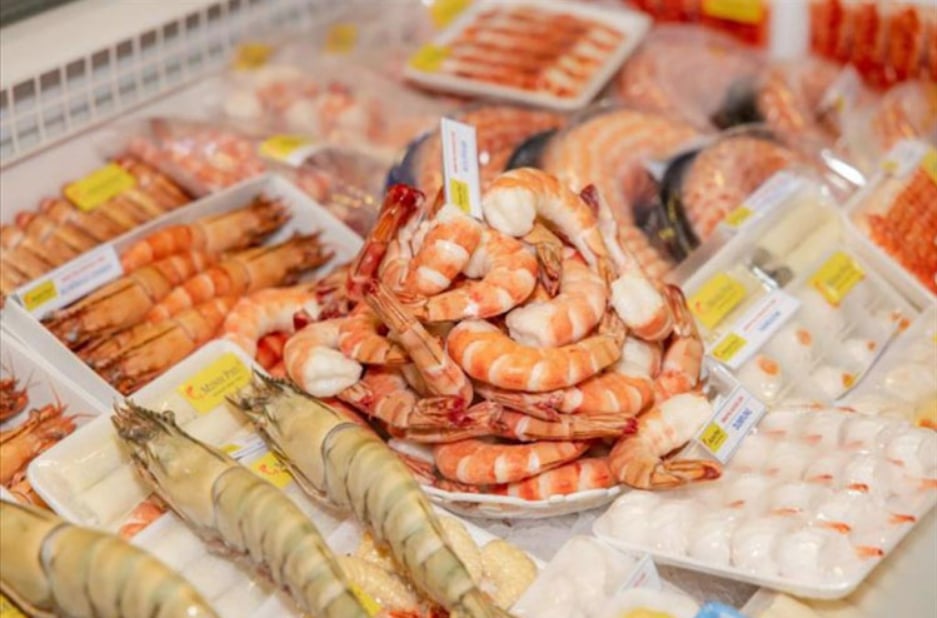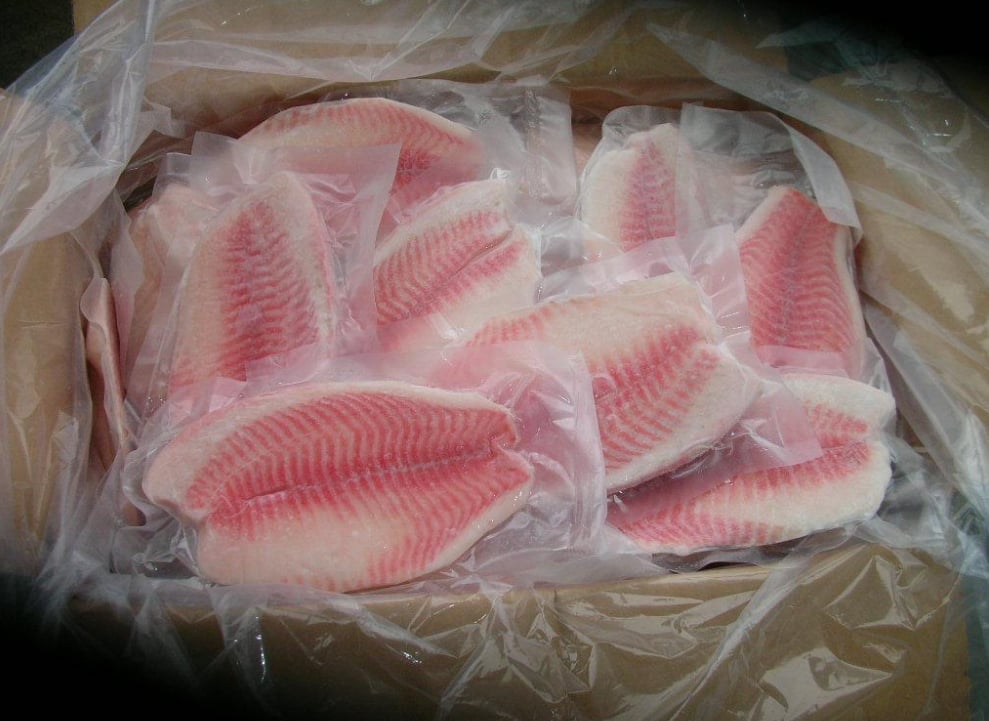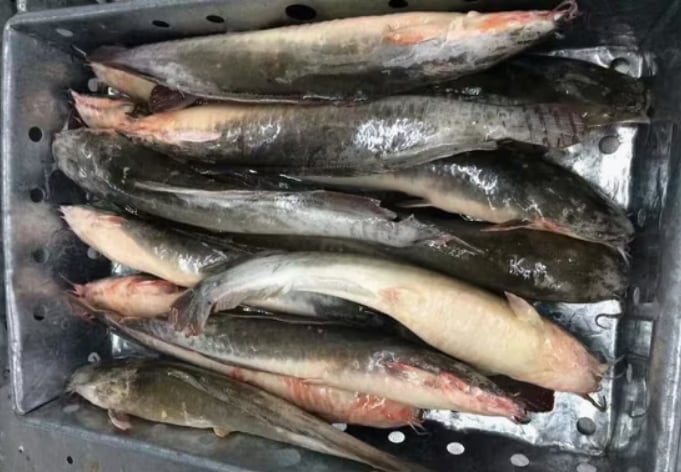October 27, 2025 | 22:10 GMT +7
October 27, 2025 | 22:10 GMT +7
Hotline: 0913.378.918
October 27, 2025 | 22:10 GMT +7
Hotline: 0913.378.918
Global seafood exports are typically divided into three main segments: bulk (low-cost, large volume), premium (high-quality), and value-added products (VAPs). Each segment caters to different markets with varying demands. Understanding the characteristics of each segment and their respective target markets is essential for Vietnam to elevate the value of its seafood exports.
According to Rabobank's Global Seafood Market Trends 2024 report, the low-cost, high-volume segment, despite its lower unit price, accounts for over 50% of global seafood exports. This segment targets markets such as China, Africa, and Eastern Europe, where price is prioritised over quality or packaging.
In contrast, the premium and value-added segments are expanding in demanding markets such as the EU, the US, Japan, and South Korea. These markets have strict requirements for traceability, certification, and refined, convenient product processing and packaging.

Peeled and steamed shrimp, conveniently packaged in trays, is a typical example of a deeply processed product targeting the EU and Japanese markets. Illustrative photo.
The EU favours value-added products, especially convenient seafood options. According to the European Fish Market Review 2024, about 65% of imported seafood in the EU consists of processed, high-value items such as smoked salmon, pre-cooked peeled shrimp, and seasoned frozen fish products. To succeed in this market, Vietnamese companies must invest in advanced processing technologies, rigorous traceability systems, and attain sustainability certifications (ASC, MSC).
In the US, tilapia fillets are a strategic product. Data from NOAA 2024 shows that frozen tilapia fillets account for 40% of total seafood imports from Asia to the US. Vietnam must enhance its filleting and pre-processing capacity, build a reputation for food safety, and standardise its processing procedures to compete directly with China, currently the largest supplier.

Frozen tilapia fillets are vacuum-packed, ready for export to the US market. Photo: Bossgoo.
The Chinese market primarily imports low-cost, bulk products, such as whole frozen fish. Chinese Customs statistics from 2024 reveal that over 75% of seafood imports into China are whole frozen fish, serving the mass market segment. To compete in this price-sensitive market, Vietnam must optimise logistics costs and reduce post-harvest losses.

Whole fish are frozen and packaged in bulk in cartons, ready for export to serve the Chinese mass market segment. Illustrative photo.
The ITC 2024 report clearly states: “Product differentiation is a key factor for Vietnamese enterprises to increase their export (FOB) value.” This includes developing processed seafood with eco-friendly packaging, enhancing traceability through blockchain technology, and building strong brand positioning linked to sustainability narratives.
Norway is a successful case study, transforming salmon from a bulk commodity into a premium product through robust international marketing campaigns, strict blockchain-based traceability, and fully recyclable packaging.
Ecuador has elevated its shrimp industry into the premium segment with organic certifications and a strong national brand. As a result, its FOB prices are consistently 10–15% higher than competitors in the same segment.
Vietnam should draw on these models to clearly define each product segment and tailor offerings to specific target markets, thereby improving export performance and maximising the value of Vietnamese seafood on the global stage.
Translated by Linh Linh

(VAN) Building on its leading position, Ho Chi Minh City drives a green, digital, and creative wood industry toward global reach and its goal of joining the world’s top 100 most livable cities by 2045.
/2025/10/25/0325-1-nongnghiep-130321.jpg)
(VAN) The 2024–2025 crop year of Viet Nam's coffee industry has ended with record export turnover of USD 8.4 billion. Since the beginning of this year, exports have already surpassed USD 7 billion.

(VAN) Vietnam and Chile are seeing opportunities to deepen their agricultural cooperation, especially as both share a common vision of sustainable development and trade integration.

(VAN) Strong export growth across industries drives Phu Tho’s economic breakthrough and contributes to achieving overall growth goals.

(VAN) During the first 7 months of 2025, Russia boosted its share of Chinese poultry imports to a record 18%, up from 14% the previous year.

(VAN) By October, fruit and vegetable export turnover is estimated to exceed 7 billion USD. This marks the second consecutive year that the sector has surpassed this milestone.

(VAN) Mr. Hamish Marr, New Zealand’s Special Agricultural Trade Envoy, shares experience in developing sustainable, transparent, and value-added agricultural export chains.